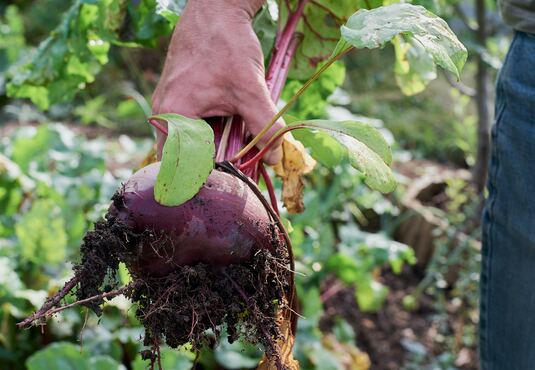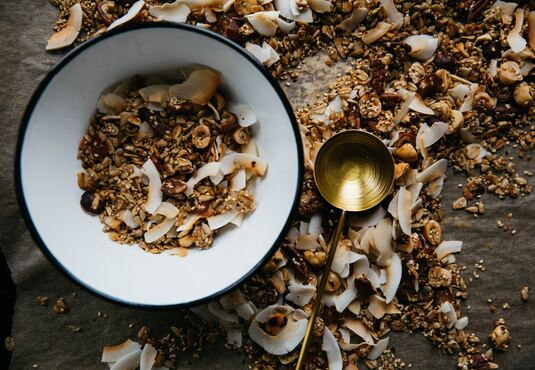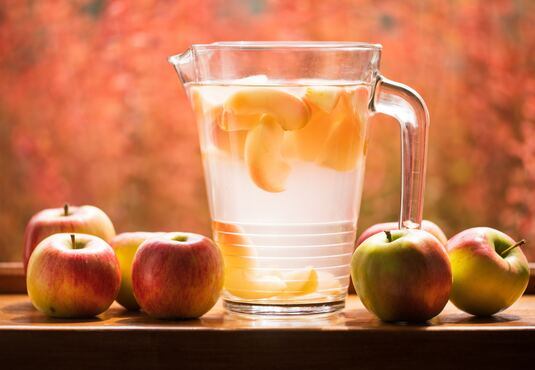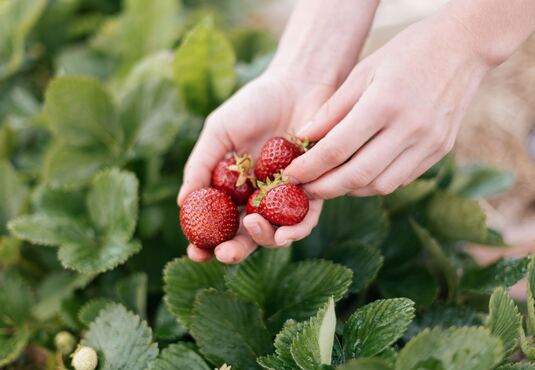
Orange "winter-gold"
At the beginning was the mandarin
Mandarins (Citrus reticulata) have been cultivated for millennia, initially in northeastern India and southwestern China. The name, it is said, originates from the former Chinese high-ranking state officials, also called mandarins, who wore brightly orange uniforms. In the early 19th century, mandarins first arrived in Europe and quickly spread from Italy to the Mediterranean region and the American continent. However, true mandarins are now rarely found in the market because they often have many seeds and are not as sweet.
The Popular Clementine
Much more common than mandarins are Clementines found in local fruit aisles, resulting from a cross between mandarin and bitter orange (Pomeranze). The Clementine (Citrus clementina) differs from the mandarin in several points: While the flesh of the mandarin is always divided into nine segments, the Clementine varies between eight and twelve segments. The relatively thicker peel provides good protection for the Clementine, allowing the fruits to be stored for up to two months without drying out. In terms of taste, the Clementine excels with its exceptionally sweet aroma, while the mandarin can often have a more tart flavor. Notably positive for the enjoyment of both adults and children is that, unlike true mandarins, Clementines have few or no seeds in their flesh.
Tangerines
Named after the Moroccan city of Tangier, tangerines (Citrus tangerina) are very similar to mandarins but noticeably smaller. They have a particularly vividly colored peel, and the slightly acidic flesh is intensely orange.
Satsumas
Satsumas (Citrus x unshiu) originate from a cross between mandarin and orange, initially bred in Japan. Satsumas require less warmth than mandarins, Clementines, and the like, making them often the first fruits of the citrus season. They are seedless and have a thin peel, making them easy to peel and often popular with children.
The White Peel – Annoying but Healthy!
Common to all citrus fruits is the so-called mesocarp. Mesocarp translates to "intermediate fruit." In many fruits like berries or stone fruits, the mesocarp is also the juicy flesh. In citrus fruits, it is the white pith directly beneath the thin outer skin. Due to its white color, the mesocarp of citrus fruits is also called albedo. Although it can taste slightly bitter, it is worth not peeling oranges, Clementines, and the like too thoroughly. The mesocarp contains many fibers, similar amounts of vitamin C as the actual flesh, and especially many secondary plant substances like flavonoids. Hesperidin, in particular, has been in the spotlight of research for its high antioxidant and vascular protective potential for some years. You can find more about it in our blog: Hesperidin: das neue Vitamin?
Prefer Organic Fruits
Citrus fruits are among the fruit types with the highest pesticide contamination, with most pesticides located in the peel. Before peeling, it is advisable to rub the fruits with warm water or wash hands thoroughly after peeling and before consumption. Small children should not peel mandarins and the like by themselves. It is even better to choose fruits from organic farming.








